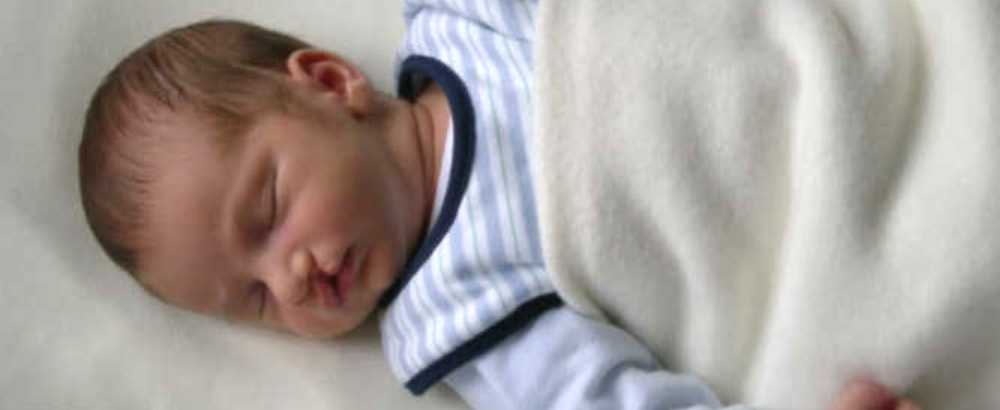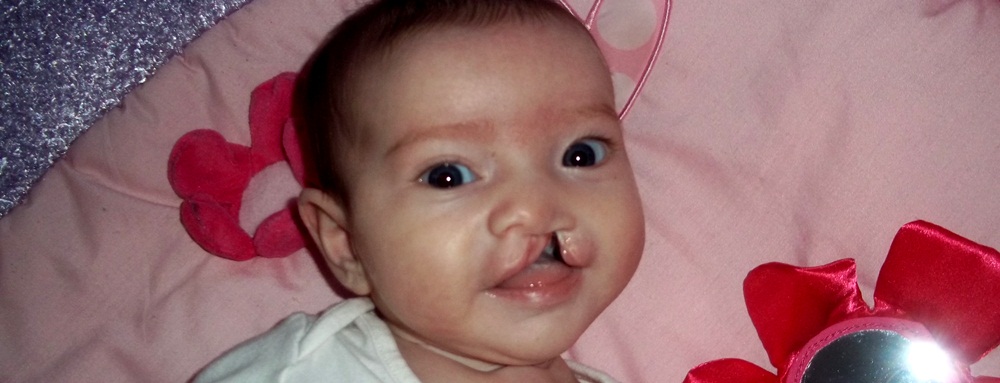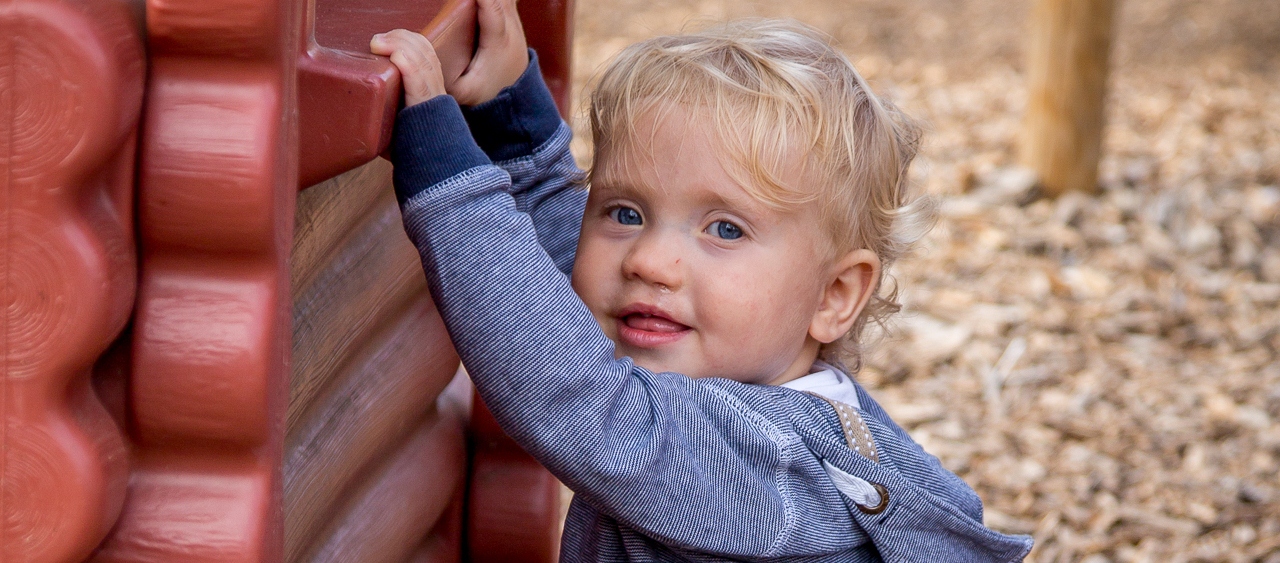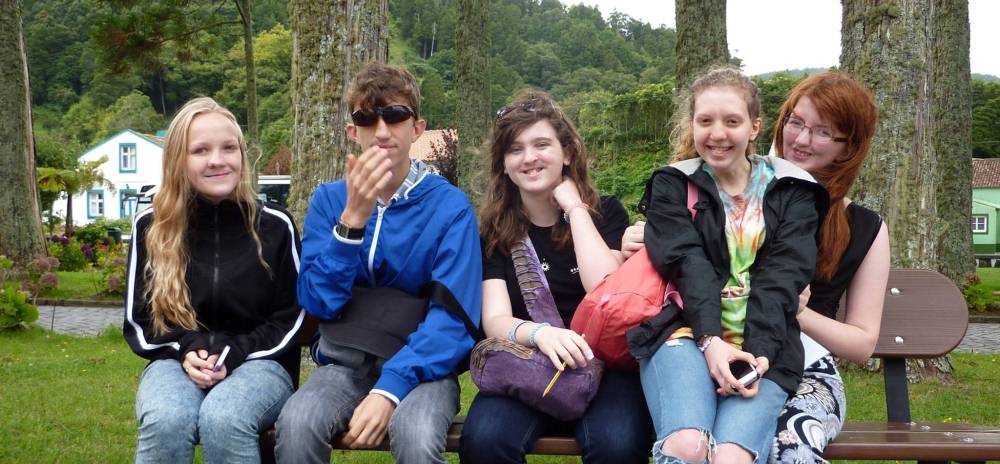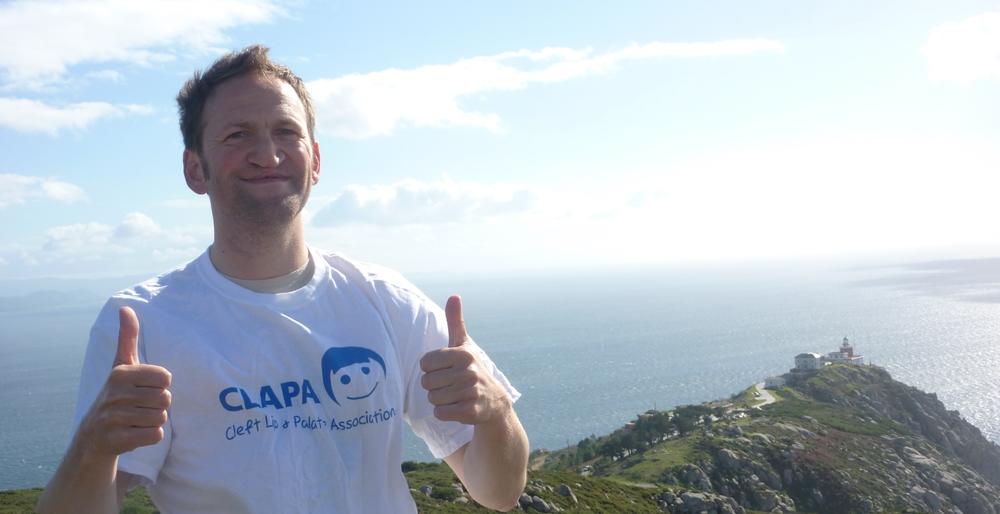
Timeline
This is a summary of services commissioned by NHS England based on the full Service Specification.
It is designed to help you understand how everything in the treatment pathway for cleft fits together, and what you might expect at each stage of your or your child’s life. It is important to remember, however, that every child is different and that this is a general guide only. What is available may differ from area to area, and specifications for Scotland and Northern Ireland will be slightly different.
To find out more about the Cleft Services in the UK, visit our NHS Cleft Services page.
Visiting or moving to the UK (including Asylum Seekers)? Understand how to access NHS treatment
Visiting from the EEA? Find out more.
If you are working abroad or moving abroad on a more long-term basis, you can find out more here.
The Treatment Pathway
Every cleft is unique, just like every child, and everyone going through the care pathway will have different needs which will be handled by the individual cleft teams. If you have a question about your or your child’s care, talk to your Cleft Team in the first instance.
Variations
The care pathway as laid out here is based on the Service Specification for cleft care by NHS England, so there will be differences around the UK and not all parts will apply to every individual moving through the pathway. As well as specialist cleft care, a child’s health and progress will be monitored by the usual Primary Care paediatric services (e.g. vaccinations) which we have not included here.
For certain services, such as hearing, there may be variations in the pathway across units.
Whilst we have made every effort to ensure the information on this page is accurate, it should only be taken as a general guide and should never replace the information given to you by your Cleft Team.
Jump To:
Antenatal (before birth) Care
Cleft Unit
Contact by Cleft Team within 24 hours of referral, usually by the Clinical Nurse Specialist (CNS).
Parents will be offered a visit from the CNS at an appropriate time and place.
Local Care – Obstetric Unit or private Ultrasound Centre
Diagnosis of cleft lip at 20-week anomaly scan, confirmed by specialist if necessary.
Referral to local Cleft Centre within 24 hours of diagnosis if agreed with prospective parents .
3D/4D ‘bonding’ scans are available for free or at a discount in certain areas with a referral from your Cleft Centre. They may also be available in your materinity unit.
CLAPA’s Services
Information on birth and diagnosis
Events for new and expectant parents and carers
Facebook Group for parents and carers
Photo Gallery of before and after surgery photos
0 – 3 Months
Cleft Unit
Visit from Cleft Nurse within 48 hours of birth, and ongoing support, assessment and advice following discharge home.
Specialist feeding assessment, advice and support in the use of special feeding bottles or a nasogastric (NG) feeding tube if needed.
Preventative dental advice and treatment in consultation with Cleft Unit. The aim is for the child to have dental health just as good as other local children without a cleft
Newborn Hearing screen for all babies. Referral for ongoing hearing assessment and management for babies born with a cleft palate.
Referral to Ear, Nose & Throat (ENT) and/or audiology if needed
Clinical Psychology Support – parents will have access to a psychologist, counsellor or nurse who can help them cope with any feelings or concerns they have related to their child’s cleft. This is available at all points along the care pathway.
Local Cleft Clinic
Monitoring of child for signs of syndromes associated with cleft.
Genetic counselling will be offered to parents to help them understand why they had a child with a cleft and what the chances are of this happening again. This is available at any time, including when the child is grown up and considering a family of their own.
Local Care
Diagnosis of cleft palate within 24 hours of birth.
Contact Cleft Unit within 24 hours of birth and/or diagnosis.
Dental Health education and advice (in liaison with the Cleft Units)
CLAPA’s Services
Welcome Pack – a set of specialist feeding bottles and teats as well as information is sent out to parents when required. These bottles and teats are also available to buy online or over the phone.
Information on Feeding and Repair Surgeries
Events for new and expectant parents and carers
Facebook Group for parents and carers
Photo Gallery of before and after surgery photos
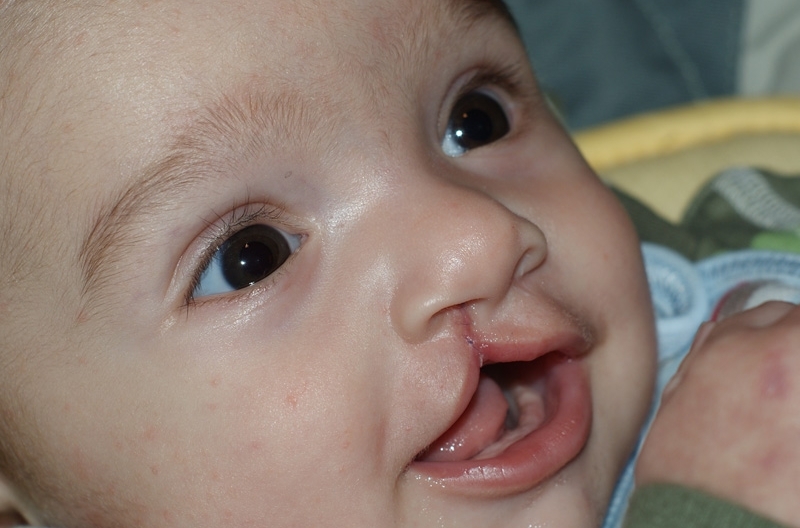
3-6 Months
Cleft Unit
Lip Repair Surgery
The lip repair usually takes place when a child is at least 3 months old.
The child will be assessed before any surgeries by the multidisciplinary team to ensure they are fit enough to have the surgery and also to help monitor the ways in which the child will change afterwards. Parents will be able to ask any questions about their child’s care at this stage.
Timings of surgeries may vary, and the surgery date can be pushed back for a number of reasons – talk to the Team if you have concerns.
The Cleft Team will be able to help parents prepare for surgery, as well as give advice and support regarding aftercare.
Occasionally, further adjustment surgery is needed as the child grows up. This will take place as and when appropriate.
CLAPA’s Services
Information on Repair Surgeries
Events for new and expectant parents and carers
Facebook Group for parents and carers
Photo Gallery of before and after surgery photos
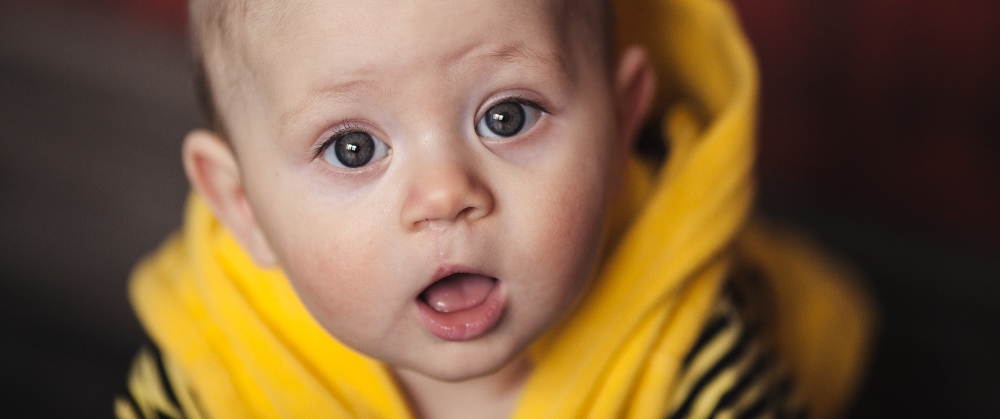
6-12 Months
Cleft Unit
Palate Repair Surgery
The palate repair usually takes place between 6-12 months.
The child will be assessed before any surgeries by the multidisciplinary team to ensure they are fit enough to have the surgery and also to help monitor the ways in which the child will change afterwards. Parents will be able to ask any questions about their child’s care at this stage.
Timings of surgeries may vary, and the surgery date can be pushed back for a number of reasons – talk to the Team if you have concerns.
The Cleft Team will be able to help parents prepare for surgery, as well as give advice and support regarding aftercare.
Occasionally, further adjustment surgery is needed as the child grows up. This will take place as and when appropriate.
Local Cleft Clinic
Hearing test at 7-10 months for babies with a cleft palate, as well as annual hearing tests up to 5 years or as long as is required. Treatment as necessary
CLAPA’s Services
Information on Repair Surgeries
Events for new and expectant parents and carers
Facebook Group for parents and carers
Photo Gallery of before and after surgery photos
18 Months – 5 Years
Cleft Unit
Speech and Language Therapy Assessment – This usually takes place at around 18 months. Treatment will be offered if necessary, but the need may not become apparent until the child is older.
A further assessment takes place at around 3 years old, and treatment is recommended if it’s needed. Assessments for speech problems at this and later stages may involve a nasendoscopy or videofluroscopy.
Psychological Support for families if requested prior to school entry.
Paediatric Dentistry advice and/or treatment if necessary. This is available along the entire treatment pathway.
Full assessment by Cleft Team – a child with a cleft should receive a full assessment by all specialists in the cleft team at age 5, to ensure that any ongoing or emerging issues are being dealt with appropriately.
Surgery to revise lip, or speech (velopharyngeal) surgery if necessary. These are available throughout the entire pathway when needed.
Local Cleft Clinic
Audiology assessment of children with a cleft palate at regular intervals up to and including 5 years (5 year assessment may be at Cleft Unit).
ENT assessment if necessary
Local Care
Speech and Language Therapy – This will be provided by local therapists in consultation with the specialist from the Cleft Team. The aim is for all children to have good quality, intelligible (understandable) speech by age 5-6.
CLAPA’s Services
Events for new and expectant parents and carers
Facebook Group for parents and carers
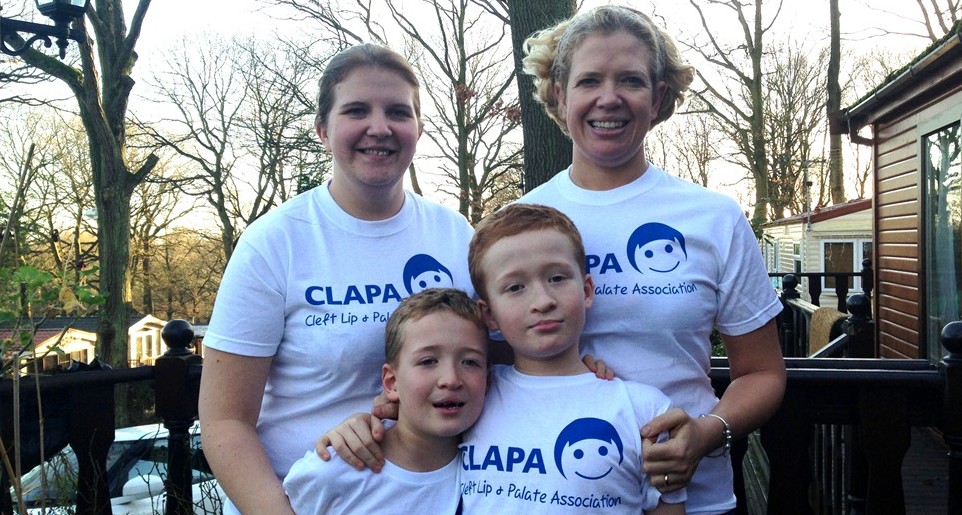
6 – 12 Years
Cleft Unit
Orthodontic Assessment and Treatment – An orthodontist will monitor the position of the child’s teeth, including their adult teeth when they start to come through. Treatment may be needed to correct their position, which often includes fitting braces.
Speech and hearing checked and managed for children with cleft palate.
Psychological Support for families if requested prior to school transfer, or to help with any issues such as bullying or self-confidence.
Full assessment by Cleft Team at age 10, including for orthodontic treatment.
Alveolar Bone Graft (ABG) Assessment and Surgery
An Alveolar Bone Graft (ABG) procedure is performed when there is insufficient bone in the area of the gum-line defect. Surgical repair involves taking bone from the patient’s hip/ shin and grafting it into the cleft in the bony ridge. This procedure offers several advantages:
- Provides bone support for the permanent teeth
- Provides stability of the bony segments of the upper jaw
- Assists in closing oral/nasal fistulas that may be present
The improved bone support for the permanent teeth will enable the Orthodontist to align individual teeth in the cleft area.
The ABG procedure takes place after the baby teeth are lost, but before the child’s lateral incisors or eye teeth erupt. Dental x-rays help in deciding when to carry out the bone graft. Many children are around 9-11 years of age when the surgery takes place but dental status, not the child’s age, will be the deciding factor. It is not unheard of for bone grafts to be carried out in adults.
If it is necessary, the preparation for the surgery as well as the surgery itself will usually be completed by 12 years of age, with a follow-up 6 months later.
Local Cleft Clinic
Ongoing management of speech and hearing issues
Local Care
Dental and Orthodontic treatment
Speech and Language Therapy from local therapists in conjunction with the specialist from the Cleft Team
CLAPA’s Services
Residential Weekends for 8-13 Year Olds
Children and Young People’s Council (CYPC) for 9-17 Year Olds
13 – 20 Years
Cleft Unit
Offer of genetic counselling for patients interested in the causes of their cleft and how likely they are to pass it on to any children they have (‘hereditability’)
Full assessment by Cleft Team at ages 15 and 20 (if necessary).
Discharge from Child Cleft Services between ages 16-20, including final discharge appointment. Patients may be referred on to adult services to continue their treatment if necessary, or they can get a referral later in life from their GP or dentist.
Orthognathic Assessment and Surgery
Orthognathic surgery involves re-aligning the jaws to change the appearance of a person’s profile. This is usually offered to patients who have an underbite, and is usually completed after their face has finished growing at 16-18 years old.
There is a lot of planning, assessment and preparation involved with this surgery, including orthodontic care before and after. The Cleft Unit can offer more information.
Osteotomy
An Osteotomy is performed when the patient needs to have their upper and lower teeth re-aligned and the use of conventional orthodontic work won’t have the desired effect. The procedure involves cutting either the upper, lower or both jaws to re align them so the teeth meet. Additionally, if the upper jaw is moved forward, many patients say it helps in adding “structure” to their face, as some adults with a cleft feel they have a “flat” face. There are numerous types of procedures to carry out an Osteotomy and different surgeons have different methods. Osteotomies are a major procedure and have long recovery times. Any questions should always be directed to the Surgeons.
Surgery as Required
Surgery may be required or requested for a number of different reasons, e.g. rhinoplasty (surgery to change the shape of the nose), dental surgery, lip revision, speech revision, palatal fistulae closure (closing small holes in the palate), etc.
Local Cleft Clinic
Ongoing management of speech and hearing issues
Paediatric and restorative dental care in liaison with Cleft Unit
Local Care
Ongoing orthodontic treatment
CLAPA’s Services
Residential Weekends for 8-13 Year Olds
Children and Young People’s Council (CYPC) for 9-17 Year Olds
‘Adult Voices’ Facebook Group for over 18s with a cleft
Information aimed at teenagers with a cleft
Information aimed at adults with a cleft
21+ Years
Treatment as required
Adults may re-enter the cleft service at any time for a consultation about any aspect of their care, including psychological support, genetic counselling and specialist dental treatment, which is all available on the NHS if it is deemed necessary.
Adults can get a referral to the Cleft Unit from their GP or Dentist.
CLAPA’s Services
‘CLAPA Adults’ Facebook Group for over 18s with a cleft
Information aimed at adults with a cleft
